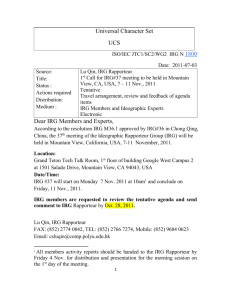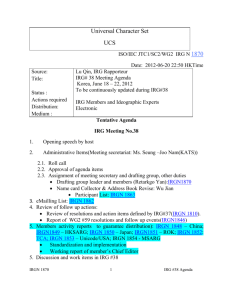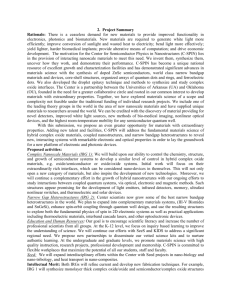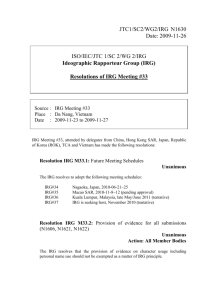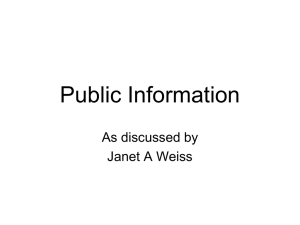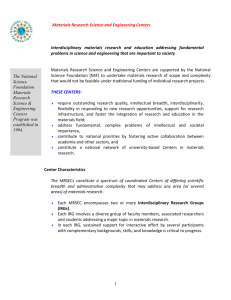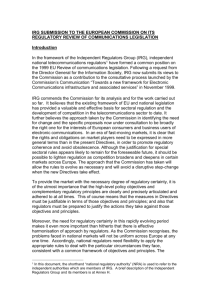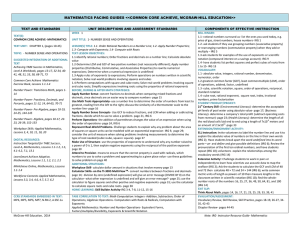JapanFeedbackToROKComments
advertisement
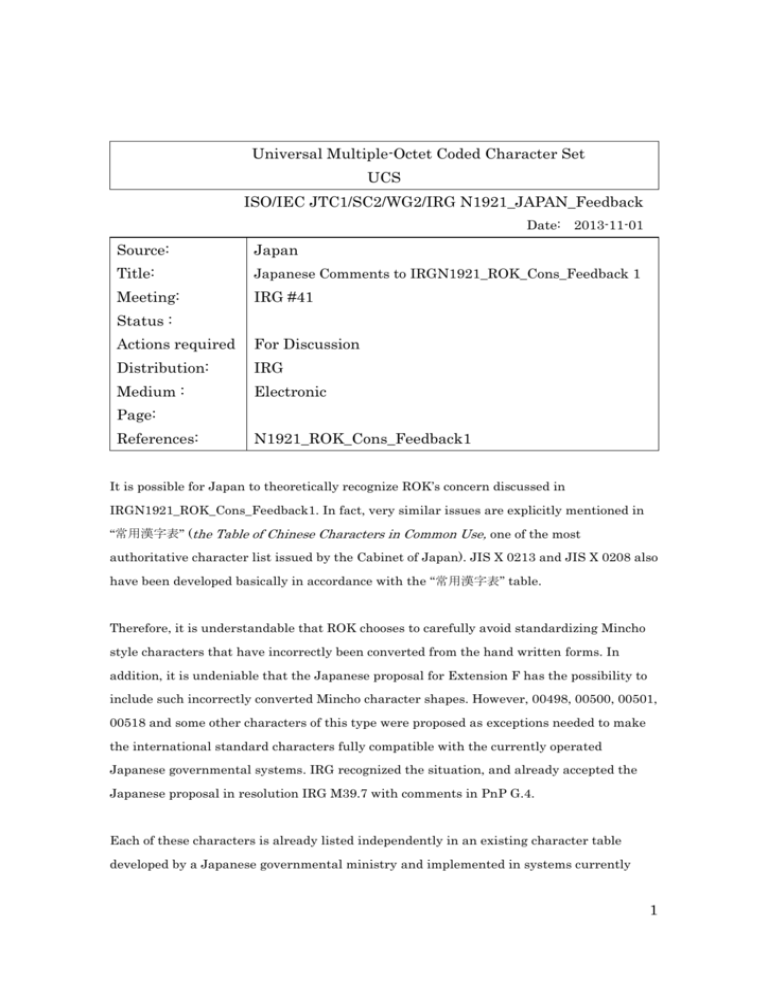
Universal Multiple-Octet Coded Character Set UCS ISO/IEC JTC1/SC2/WG2/IRG N1921_JAPAN_Feedback Date: 2013-11-01 Source: Japan Title: Japanese Comments to IRGN1921_ROK_Cons_Feedback 1 Meeting: IRG #41 Status : Actions required For Discussion Distribution: IRG Medium : Electronic Page: References: N1921_ROK_Cons_Feedback1 It is possible for Japan to theoretically recognize ROK’s concern discussed in IRGN1921_ROK_Cons_Feedback1. In fact, very similar issues are explicitly mentioned in “常用漢字表” (the Table of Chinese Characters in Common Use, one of the most authoritative character list issued by the Cabinet of Japan). JIS X 0213 and JIS X 0208 also have been developed basically in accordance with the “常用漢字表” table. Therefore, it is understandable that ROK chooses to carefully avoid standardizing Mincho style characters that have incorrectly been converted from the hand written forms. In addition, it is undeniable that the Japanese proposal for Extension F has the possibility to include such incorrectly converted Mincho character shapes. However, 00498, 00500, 00501, 00518 and some other characters of this type were proposed as exceptions needed to make the international standard characters fully compatible with the currently operated Japanese governmental systems. IRG recognized the situation, and already accepted the Japanese proposal in resolution IRG M39.7 with comments in PnP G.4. Each of these characters is already listed independently in an existing character table developed by a Japanese governmental ministry and implemented in systems currently 1 used by the Japanese government. In order to make these government systems conform to the international standard, each of these characters needs to be encoded independently in UCS. Attached are evidence pages extracted from a report about the Japanese governmental research project “汎用電子情報交換環境整備プログラム” (its tentative, literal translation is: the Multipurpose Electronic Information Exchange Environment Provision Program). In this report, the following three governmental character tables are referenced in addition to UCS: “戸籍統一文字” 1, “住基統一文字”2, “登記統一文字”3. Japan already decided to exclude “登記統一文字” because it contains characters whose shapes are like logotypes. But, every character in “戸籍統一文字” and “登記統一文字” needs to be independently usable in the UCS architecture. Technically, there are two possibilities. One is to assign a new independent UCS code position to each of the characters. The other is to handle these characters with IVSes or using some other alternative mechanism. There seems to be a problem in using IVSes, however, because the relationship between the Annex S and the glyphs in the IVD needs to be clarified. Theoretically, it might be possible to use the IVS mechanism to handle multiple, similar yet non-unifiable shapes through one UCS code position. However, there is no practical consensus to use IVSes in such a way, and this method can be problematic. Therefore, Japan suggests that we should keep the currently accepted usage of the IVS mechanism only for unifiable characters conforming to Annex S, and that new independent UCS code positions shall be given to these characters. Japan is pleased to discuss other alternative solutions, if any, to handle such special cases. Also, Japan can agree to ask WG2 to mention such special cases at an appropriate position in some UCS document such as Annex P. [Notes] 1 “戸籍統一文字” is a governmental character set for the Family Register. 2 “住基統一文字” is a governmental character set for the Basic Resident Register. 3 “登記統一文字” is a governmental character set for the Company Register. 2 3 4 [Resolution of IRG#39] Resolution IRG M39.7: Definition of evidence in IRG PnP (IRGN1906) Abstain by ROK The IRG accepts the proposal in IRG N1906 and resolves to accept, at its own discretion, characters from implemented systems in e-government initiatives which satisfy certain terms and conditions stated in IRG PnP v6 Annex G.4. The IRG agrees to discuss on how to address the issue of personal information used as evidence in the future. [PnP G.4.] G.4. Consideration for acceptance for characters that cannot be provided in Printed forms The consideration for acceptance for characters that cannot be provided in printed forms is not meant to relax the IRG requirement on the provision of evidence for modern use. Rather, it is meant to facilitate e-government initiatives for computerized processing of information. It is under this presumption the IRG is willing to consider acceptance of characters already supported in computer systems that are maintained by a designated government body with wide use by government bodies and citizens for administrative public service. The IRG recognizes that due to legacy issues, some of the characters included in such systems cannot supply actual use evidence, yet it is technically and administratively not practical to remove them from the computer systems. Thus IRG is willing to consider their acceptance without actual evidence for legacy issue only. However, IRG requires the submitting member bodies to provide information on the quality assurance process for the maintenance of the respective character collections. Submitters must supply information on the accessibility of the respective character collection and the respective system, the stability and the traceability of the collection, and the kind of evidence/information needed for approval of character removal, modification and addition by the administrative body of the collection. 5 [extracted from 改定常用漢字表(2010)] 6 7 8 9
